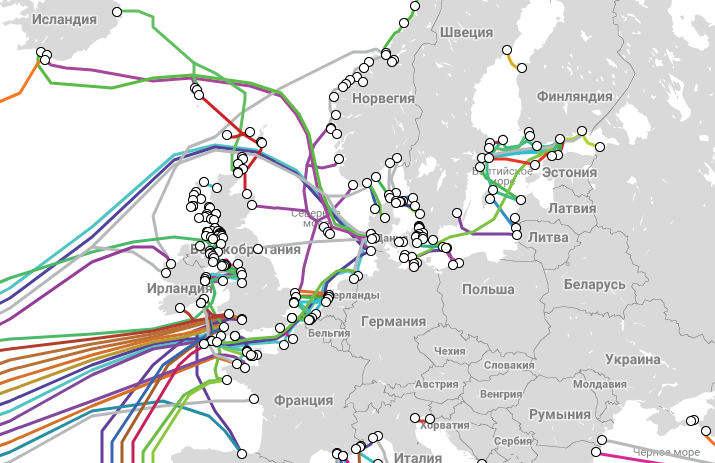
from contextlib import closing
with closing(psycopg2.connect(...)) as conn:
with conn.cursor() as cursor:
cursor.execute('SELECT * FROM users LIMIT 5')
for row in cursor:
print(row)from psycopg2.pool import ThreadedConnectionPool
from psycopg2.extras import RealDictCursor
from contextlib import contextmanager
from urllib.parse import urlparse
DATABASE_URL = 'postgresql://postgres:postgres@localhost/postgres'
url = urlparse(DATABASE_URL)
pool = ThreadedConnectionPool(1, 50,
database=url.path[1:],
user=url.username,
password=url.password,
host=url.hostname,
port=url.port)
@contextmanager
def get_db_connection():
try:
connection = pool.getconn()
yield connection
finally:
pool.putconn(connection)
@contextmanager
def get_db_cursor(commit=False):
with get_db_connection() as connection:
cursor = connection.cursor(cursor_factory=RealDictCursor)
try:
yield cursor
if commit:
connection.commit()
finally:
cursor.close()
# Пример использования
with get_db_cursor() as cursor:
cursor.execute("SELECT city, temp_lo, temp_hi, date FROM weather;")
data = cursor.fetchone()
with get_db_cursor(commit=True) as cursor:
cursor.callproc("SOME_PROC_NAME")



flask его просто не видит
# структура проекта
├── api.py
├── app.py
├── config.py
├── __init__.py
├── start.sh
├── templates
├── venv
└── views.py# api.py
from flask import Blueprint, jsonify
api = Blueprint('api', __name__)
@api.route('/')
def index():
return jsonify({'api': {'version': 1.1}})# app.py
from flask import Flask
from .views import blog
from .api import api
app = Flask(__name__)
app.config.from_pyfile('config.py')
app.register_blueprint(blog)
app.register_blueprint(api, url_prefix='/api/v1')# views.py
from flask import Blueprint, render_template, abort
from jinja2 import TemplateNotFound
blog = Blueprint('blog', __name__, template_folder='templates')
@blog.route('/')
def show():
try:
return render_template('index.html')
except TemplateNotFound:
abort(404)# start.sh
#!/bin/sh
. venv/bin/activate
export FLASK_ENV=development
python -m flask run
Как оцифровать ручную подпись(росчерк?) удобно-легко и просто?
можно конечно сканировать и отделять фон - но это затратно по силам-времени. Идея была в программе на планшете-телефоне это делать

но нормального ничего не нашёл.нормальное - понятие растяжимое.


python manage.py runserver 127.0.0.1:8000

python manage.py runserver 127.0.0.2:8080#ifdef MS_WINDOWS
/* Issue #26227: gethostbyaddr() returns a string encoded
* to the ANSI code page */
return PyUnicode_DecodeFSDefault(name);
#else
/* Decode from UTF-8 */
return PyUnicode_FromString(name);
#endif
A hint to the user of what can be entered in the control . The placeholder text must not contain carriage returns or line-feeds. This attribute applies when the value of the type attribute is text, search, tel, url or email; otherwise it is ignored.

urls.py выглядит следующим образом:from django.urls import path
from . import views
urlpatterns = [
path('articles/2019/', views.special_case_2019),
# ...
]
# create vlan 100 tag 100
# config vlan default delete 1-16
# config vlan 100 add untagged 1-16
# config vlan 100 add tagged 25-26
# show vlan# save 


version: '3.5'
services:
postgres1:
image: postgres:9.6
environment:
POSTGRES_PASSWORD: example1
ports:
- "5000:5432"
postgres2:
image: postgres:9.6
environment:
POSTGRES_PASSWORD: example2
ports:
- "5001:5432"
Roadmap что-бы за 3 месяца полностью погрузиться в эту нишу и уже выйти на фриланс


MySQL databases on PythonAnywhere are protected by a firewall, so external computers can't access them.
However, if you have a paid account, you can access your MySQL database from outside using a technique called an SSH tunnel, which essentially makes a secure SSH connection to our systems, then sends the MySQL stuff over it.
Если нет платного аккаунта?
Если нет необходимости держать сервер в РФ, то я порекомендую Hetzner Cloud (отличное соотношение цена/качество), цена начинается от 2,99 Евро (в рублях примерно 230 будет, это если с карты Сбера платить). Если пользовались менее месяца, оплата будет считаться по часам (от 0,005 Евро в час)


location /yabloki/ {
rewrite ^/yabloki/(.*) http://yabloki.mysite.com/$1 permanent;
return 403;
}server {
listen 80;
server_name example.com;
location ~ ^/products/(.*)$ {
proxy_pass http://catalog.example.com/$1;
}
}server {
# ...
server_name domain.tld www.domain.tld;
return 301 $scheme://subdomain.domain.tld$request_uri;
}
server {
server_name subdomain.domain.tld;
# ...
}
Вопрос - хорошая ли практика использовать с React'ом Pytnon'овский фреймворк?